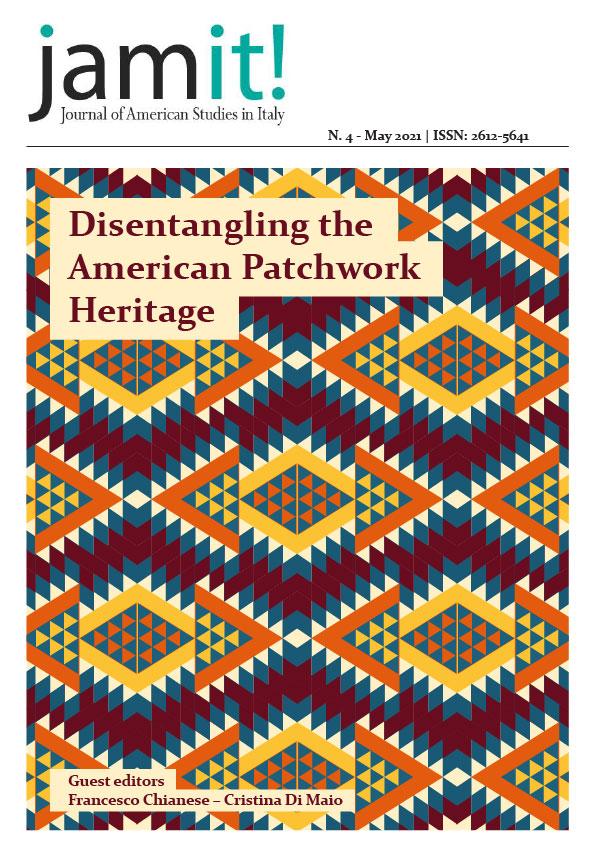No 4 (2021): Disentangling the American Patchwork Heritage

Only about ten years ago, in his inaugural speech, Barack Obama expounded a reassuring and quasi-utopian view of the United States, by claiming the “patchwork heritage” of the United States to be a strength, as well as the very fabric of its society. He thus drew the fire of those who maintained that such a position would inexcusably downplay the racial contradictions and inequalities that had marked the country’s history. And yet, in the same years, alternative standpoints ardently promoted the multicultural model, defined as an effective realization of cultural pluralism, and hybrid and post-ethnic frameworks were boldly being endorsed. In fact, ever since the Nineties, alongside great efforts to voice the perspective of cultural minorities, the critical discourse in various academic fields has at times highlighted a certain skepticism towards studies privileging an ethnic analytical framework for investigating social dynamics, cultural and literary texts, or even an inclusive multicultural perspective where diverse ethnic viewpoint could co-exist.
Nonetheless, signifying the variety of cultures composing the United States has been a concern of American literature since its foundational stages, as the multicultural crew of the Pequod in Herman Melville’s Moby Dick testifies. In more recent times, there has been a proliferation of films and television series foregrounding and problematizing the connections among different communities, followed by a wide public acclaim; this element, alongside the international success of authors such as two-time Pulitzer Prize winner Colson Whitehead, Susan Abulhava, Rita Ciresi, Joshua Cohen, Myriam Gurba and Ocean Vuong, among many others, confirms that American culture, in a wider perspective, is now more than ever marked by the encounters and clashes of communities of which it is the result. These factors also underline that both the American and the international audience crave for stories that investigate the ways in which the multicultural framework of the United States constantly reshapes itself. While sociological and historical studies inform us about the spaces we inhabit through statistics and surveys, thus pursuing the thorough scientific investigation that this field requires, cultural narratives that resonate with our own experiences unveil the stories of the individuals hidden behind those statistics and surveys.
The fourth issue of JAm It! (Journal of American Studies in Italy) delves into new critical approaches to the complex and often-fraught multicultural paradigm, whose formulation and (re)conceptualization is far from being exhausted in a country which has never ceased to be a target destination for migrants.



